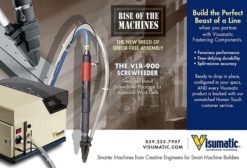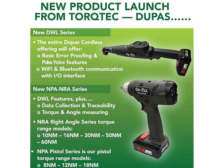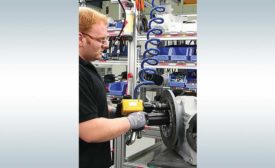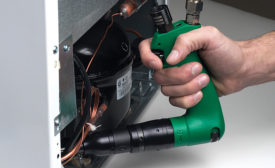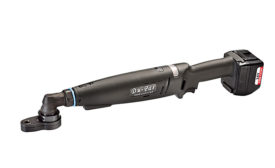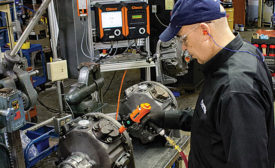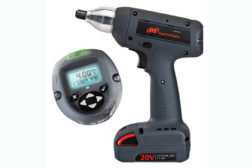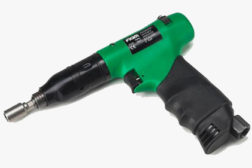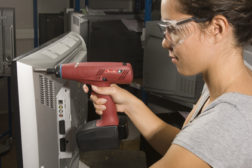Home » Keywords: » pneumatic tools
Items Tagged with 'pneumatic tools'
ARTICLES
Best Practices for Tool Maintenance
Even the most technologically advanced fastening tools require regular maintenance and calibration
November 8, 2018
What’s New With Power Tools
The need for speed, controlled fastening and data gathering continues to push advances in screwdrivers and nutrunners.
June 3, 2016
advertisement
How To Optimize Your Processes With the Correct Power Tool for Noncritical Fastening
March 8, 2016
The ASSEMBLY Show
Next-Gen Fastening Tools Improve Traceability, Ergonomics, Quality
February 6, 2015
Fastening Tools
ASSEMBLY Q&A: Desoutter Industrial Tools
We sit down with Yohan Verdon, North American marketing manager at Desoutter, to talk about new technologies and trends in screwdriving.
April 17, 2013
Get our new eMagazine delivered to your inbox every month.
Stay in the know on the latest assembly trends.
SUBSCRIBE TODAY!Copyright ©2024. All Rights Reserved BNP Media.
Design, CMS, Hosting & Web Development :: ePublishing
